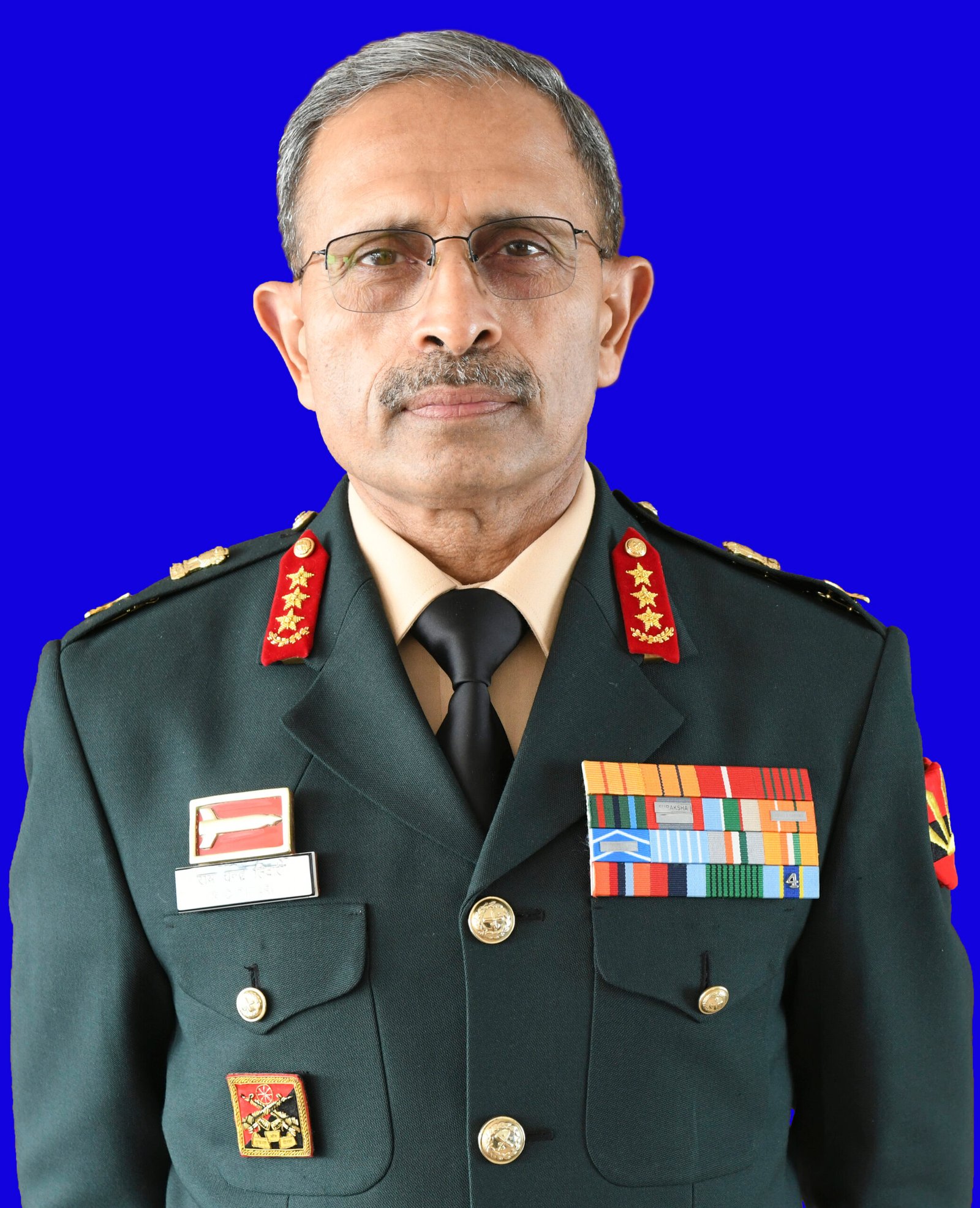The Army men were crossing the river in T-72 tank as part of drill to practice movement in exigency

New Delhi, June 29
At least five Army men lost their lives when they were swept away in a mishap in river Shyok in eastern Ladakh on Saturday.

The Army’s 14 Corps headquartered at Leh put a statement on X saying the incident happened while the tank crew was ‘de-ducting from a military training activity’.
“An army tank got stuck in the Shyok River, near Saser Brangsa, Eastern Ladakh due to sudden increase in the water level,” the 14 Corps said. Rescue teams rushed to the location, however, due to high current and water levels, the rescue mission didn’t succeed and the tank crew lost their lives, it added.
All the five personnel were operationally deployed in Eastern Ladakh. Rescue operations are underway, the 14 Corps said.
https://platform.twitter.com/embed/Tweet.html?dnt=false&embedId=twitter-widget-0&features=eyJ0ZndfdGltZWxpbmVfbGlzdCI6eyJidWNrZXQiOltdLCJ2ZXJzaW9uIjpudWxsfSwidGZ3X2ZvbGxvd2VyX2NvdW50X3N1bnNldCI6eyJidWNrZXQiOnRydWUsInZlcnNpb24iOm51bGx9LCJ0ZndfdHdlZXRfZWRpdF9iYWNrZW5kIjp7ImJ1Y2tldCI6Im9uIiwidmVyc2lvbiI6bnVsbH0sInRmd19yZWZzcmNfc2Vzc2lvbiI6eyJidWNrZXQiOiJvbiIsInZlcnNpb24iOm51bGx9LCJ0ZndfZm9zbnJfc29mdF9pbnRlcnZlbnRpb25zX2VuYWJsZWQiOnsiYnVja2V0Ijoib24iLCJ2ZXJzaW9uIjpudWxsfSwidGZ3X21peGVkX21lZGlhXzE1ODk3Ijp7ImJ1Y2tldCI6InRyZWF0bWVudCIsInZlcnNpb24iOm51bGx9LCJ0ZndfZXhwZXJpbWVudHNfY29va2llX2V4cGlyYXRpb24iOnsiYnVja2V0IjoxMjA5NjAwLCJ2ZXJzaW9uIjpudWxsfSwidGZ3X3Nob3dfYmlyZHdhdGNoX3Bpdm90c19lbmFibGVkIjp7ImJ1Y2tldCI6Im9uIiwidmVyc2lvbiI6bnVsbH0sInRmd19kdXBsaWNhdGVfc2NyaWJlc190b19zZXR0aW5ncyI6eyJidWNrZXQiOiJvbiIsInZlcnNpb24iOm51bGx9LCJ0ZndfdXNlX3Byb2ZpbGVfaW1hZ2Vfc2hhcGVfZW5hYmxlZCI6eyJidWNrZXQiOiJvbiIsInZlcnNpb24iOm51bGx9LCJ0ZndfdmlkZW9faGxzX2R5bmFtaWNfbWFuaWZlc3RzXzE1MDgyIjp7ImJ1Y2tldCI6InRydWVfYml0cmF0ZSIsInZlcnNpb24iOm51bGx9LCJ0ZndfbGVnYWN5X3RpbWVsaW5lX3N1bnNldCI6eyJidWNrZXQiOnRydWUsInZlcnNpb24iOm51bGx9LCJ0ZndfdHdlZXRfZWRpdF9mcm9udGVuZCI6eyJidWNrZXQiOiJvbiIsInZlcnNpb24iOm51bGx9fQ%3D%3D&frame=false&hideCard=false&hideThread=false&id=1806948446739280068&lang=en&origin=https%3A%2F%2Fwww.tribuneindia.com%2Fnews%2Findia%2F5-army-soldiers-swept-away-in-flash-floods-near-line-of-actual-control-in-ladakh-635178&sessionId=04b413244b173de14559c43476efd062ccb90115&siteScreenName=%26via%3Dthetribunechd&theme=light&widgetsVersion=2615f7e52b7e0%3A1702314776716&width=550px
The dead are from the Armoured Regiment of the Indian Army.
The Fire and Fury Corps in another tweet said, “GOC Fire and Fury Corps and All Ranks salute the Bravehearts who made supreme sacrifice, in the line of duty in #Ladakh on 29 Jun 24 and offer deep condolences to the bereaved families in this hour of grief.”
The Army men were crossing the river in a T-72 tank as part of a drill to practice movement in exigency. Tanks have the ability to float on water and keep moving forward.
The Shyok River is key water body that runs past the Depsang plains near Daulat Baig Oldie airfield.
The Shyok that descends from the Eastern flank of the Rimo Kangri glacier is rapidly flowing river and is tributary of the Indus.
There was a sudden increase in water levels due to snow melt. The terrain is tree-less and the snow melt at the mountain peaks rushes straight to the river running in the valley.
Defence Minister Rajnath Singh posted on X, “Deeply saddened at the loss of lives of five of our brave Indian Army soldiers in an unfortunate accident while getting the tank across a river in Ladakh”.
Singh said the exemplary service of our gallant soldiers to the nation will not be forgotten. “My heartfelt condolences to the bereaved families. The nation stands firm with them during this hour of grief,” he said.
-army-soldiers-swept-away-in-flash-floods-near-line-of-actual-control-in-ladakh-







































































